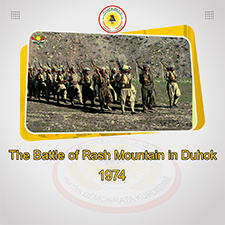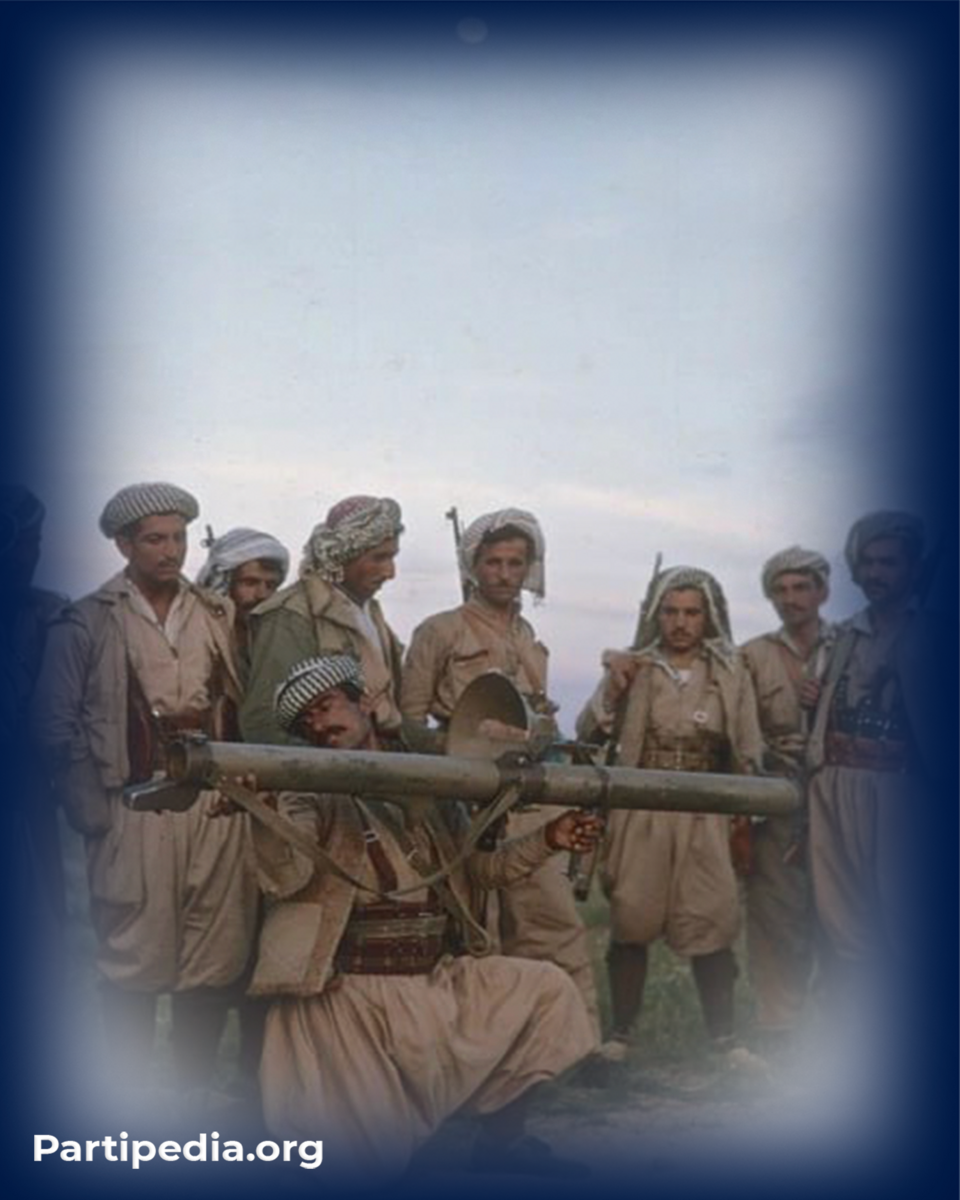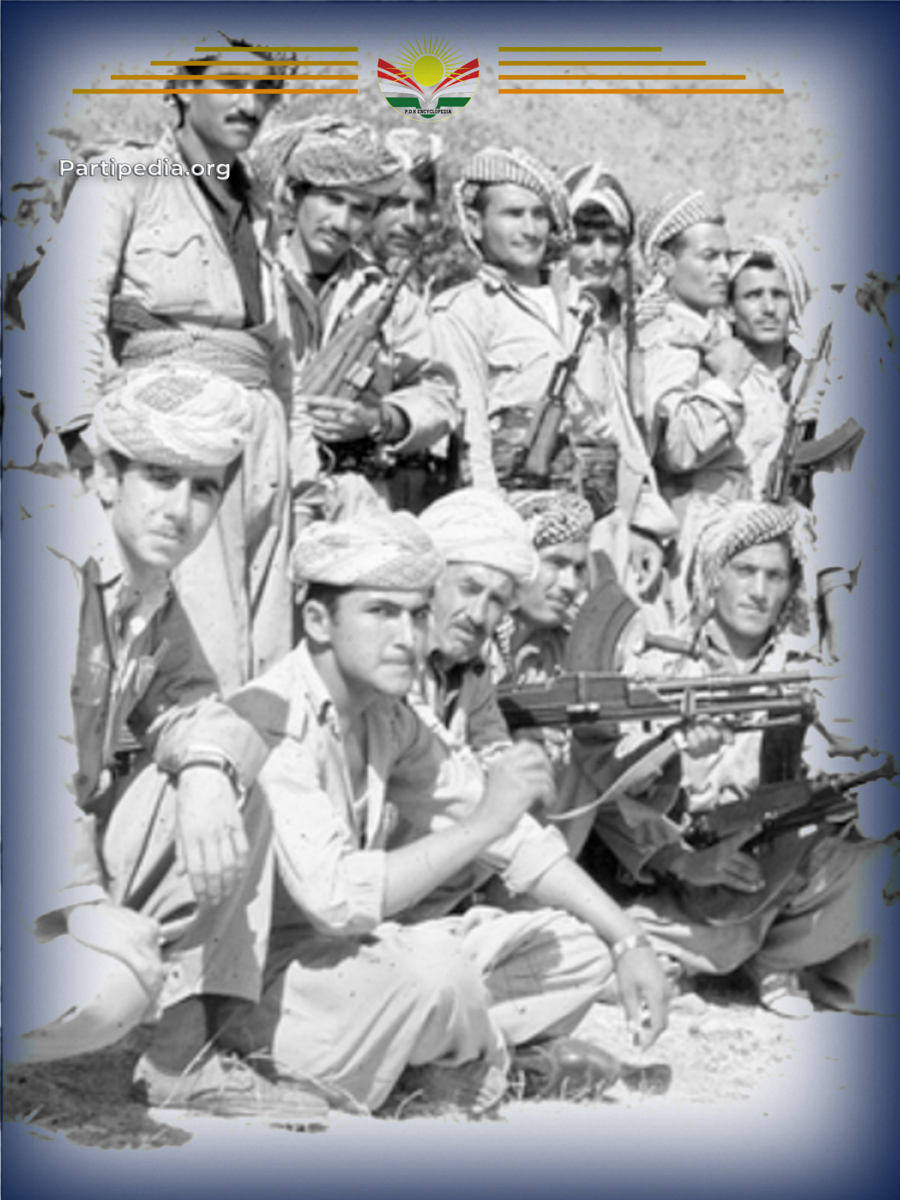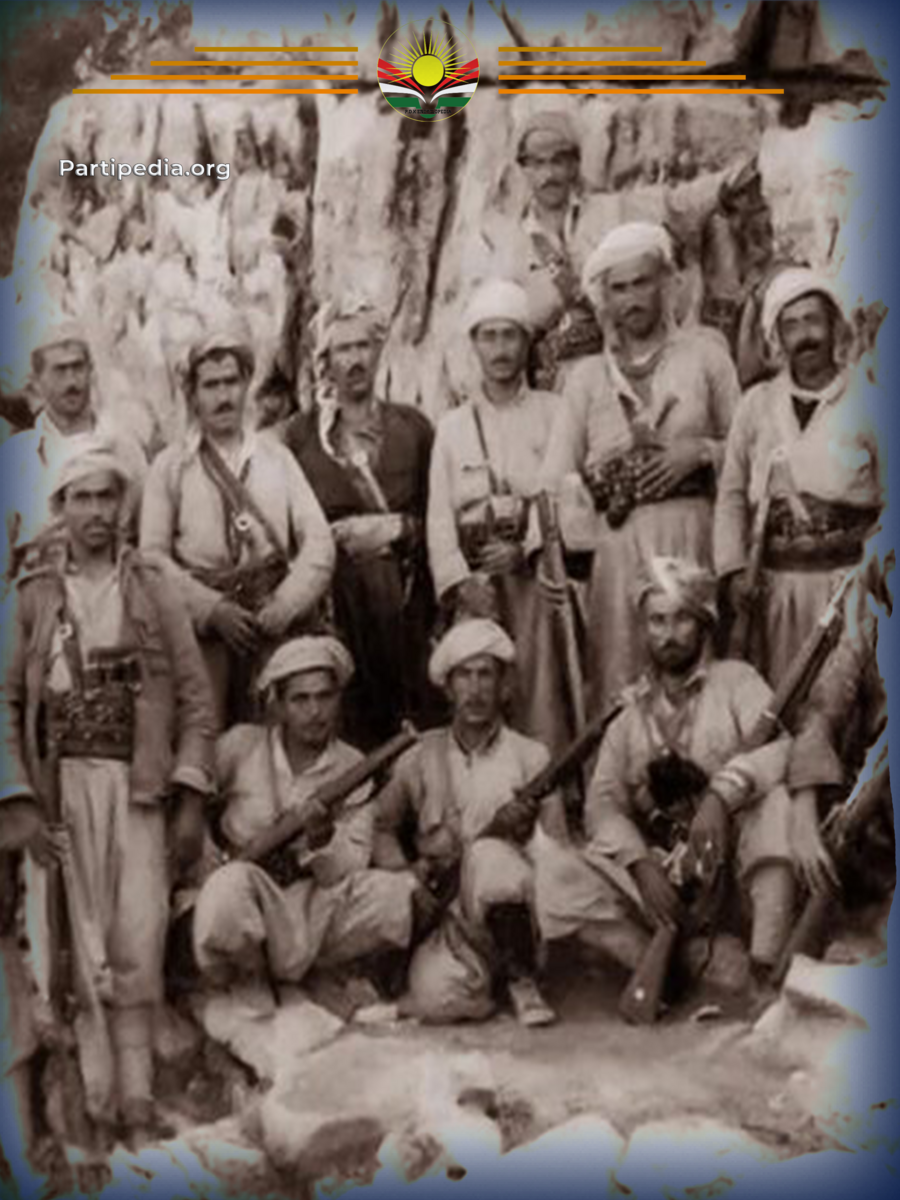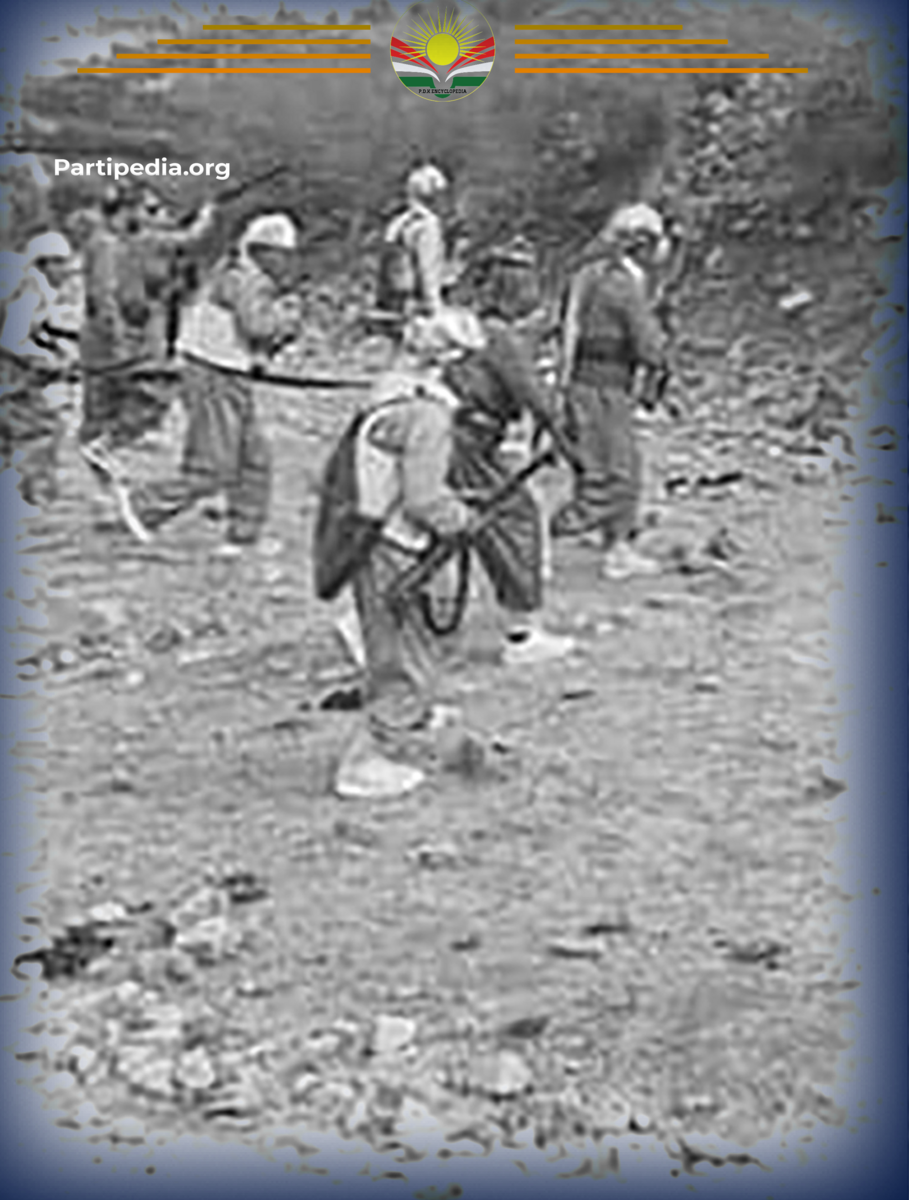The Iraqi government launched a comprehensive offensive against Kurdistan when it declared war on the Aylul Revolution of 1974. Because the headquarters of the revolutionary leadership were in the Balakayety area, the Iraqi army concentrated its attacks there, but it did not ignore any other areas that were under the revolution's control. Instead, every facet of the revolution was covered by the military campaign of the Iraqi army. However, the Peshmerga was fighting back strongly as the Iraqi army's convoys were continuously shelled by the Peshmerga forces in Duhok as they traveled westward toward Aloka. When there was a lot of military activity in the area, a particular group of Peshmergas with a mortar (120mm) on duty in the Smte cave had the responsibility of shelling the convoy of Iraqi army vehicles.
In early October 1974, about 10 military vehicles and armored vehicles were accompanying a member of the Ba'ath Party leadership named Abdul Fattah Yasin, who was heading to the barracks of the 18th Force of the 1st Division of the army. The Peshmergas targeted and shelled them with their mortars. A mortar shell hit an armored vehicle, killing all the soldiers on board. However, Abdul Fattah had survived. Following his return to Mosul, the Ba'ath leader gathered all of the military units and mercenaries (jash) along the border and attacked the Peshmerga forces in an effort to seize control of the Black Mountain, Tahsa Cave, and Smte Cave.
The Iraqi army units in the attack on the areas under the control of the revolution included the 18th Force, the 5th Force, the 2nd Division, artillery and mercenaries of the Kochar, Doski, Soorchi, Zebari and Harki tribes. As a result, a protracted conflict lasted eleven days. The battalions of Ali Ali and Mirani arrived on the battlefield as support forces. The Iraqi army first attacked the Black Mountain, which was defended by the 1st Battalion of the Duhok Forces under the command of Naaman Samad. Then, the Iraqi army began the attack with intensive shelling of the Peshmerga positions and the forest, then the infantry and mercenaries attacked the Black Mountain. As a result of heavy shelling, which resulted in five martyrs and about 40 injured on the first day. The Black Mountain was taken over by the army.
Then the Duhok forces used four machine guns, one 120 mm mortar and one 82 mm mortar to shell the army in Kevri Bske, Tahsa Cave and Samte Cave in front of mount Rash in order to prevent the Iraqi army from establishing a strong position and securing their military points. The commander of the force, Abdul Razzaq Garmavi, witnessed the shelling himself. A week later, they planned a counterattack. They assembled a force of 40 Peshmergas for the assault, most of whom were from the Duhok force's engineering division and were led by Qadir Alekini. With a detailed military plan, they marched at night and hid at the base of the Black Mountain in a dense forest. They had taken all their military equipment and food with them.
The following was the Peshmerga attack strategy: At dusk the following day, when the shelling stopped, the Peshmerga would suddenly attack the military bases. The campaign proceeded as expected. The 1st Battalion was also instructed to attack the mountain to the west of the Black Mountain if the 40 Peshmergas moved into their positions. The battle lasted for an hour after the attacks from both sides began. The Peshmerga forces took control of the entire mountain within that hour, causing heavy damage to the Iraqi army soldiers and mercenaries. 21 soldiers were killed, many others wounded and the others fled. Moreover, six soldiers were taken prisoner and sent to the leadership in Balakayety.
The Peshmerga's achievements in this battle included 14 Kalashnikovs, one RPG, a large number of bullets and about 10,000 mines fell into the hands of the Peshmerga. Additionally, a significant amount of 60mm, 82mm, and 120mm mortar shells, clothing, and military gear were seized. Six Peshmerga soldiers died as martyrs and twenty more were injured during the battle to take the Black Mountain. It is important to note that the Iraqi army did not launch any more assaults on the Peshmerga forces in Duhok province following this attack until the fall of the 1975 revolution.
Resources:
-
مسعود بارزانی: بارزانی و بزوتنەوەى ڕزگاریخوازی کورد، بەرگی سێیەم، بەشی دووەم، شۆڕشی ئەیلوول ١٩٦١-١٩٧٥، چاپى یەکەم – هەولێر، ٢٠٠٤.
-
سهنگهر ئيبراهيم خۆشناو: ڕووداوه سهربازيهكانى شۆڕشى ئهيلوول 1970-1975، چاپى يهكهم، چاپخانەى دانیشفەڕ، ههولێر، 2022.
-
هۆژین مەسعود سەرنى: شورەشا ئیلونێ ل دەڤەرا بەهدینان ١٠٦١- ١٩٧٥، چاپى یەکەم، ٢٠١٨.
-
ئیبراهیم جەلال: باشوورى کوردستان و شۆر شى ئەیلوول بنیادنان و هەلتەکاندن ١٩٦١-١٩٧٥، چاپى چوارەم، ٢٠٢١




